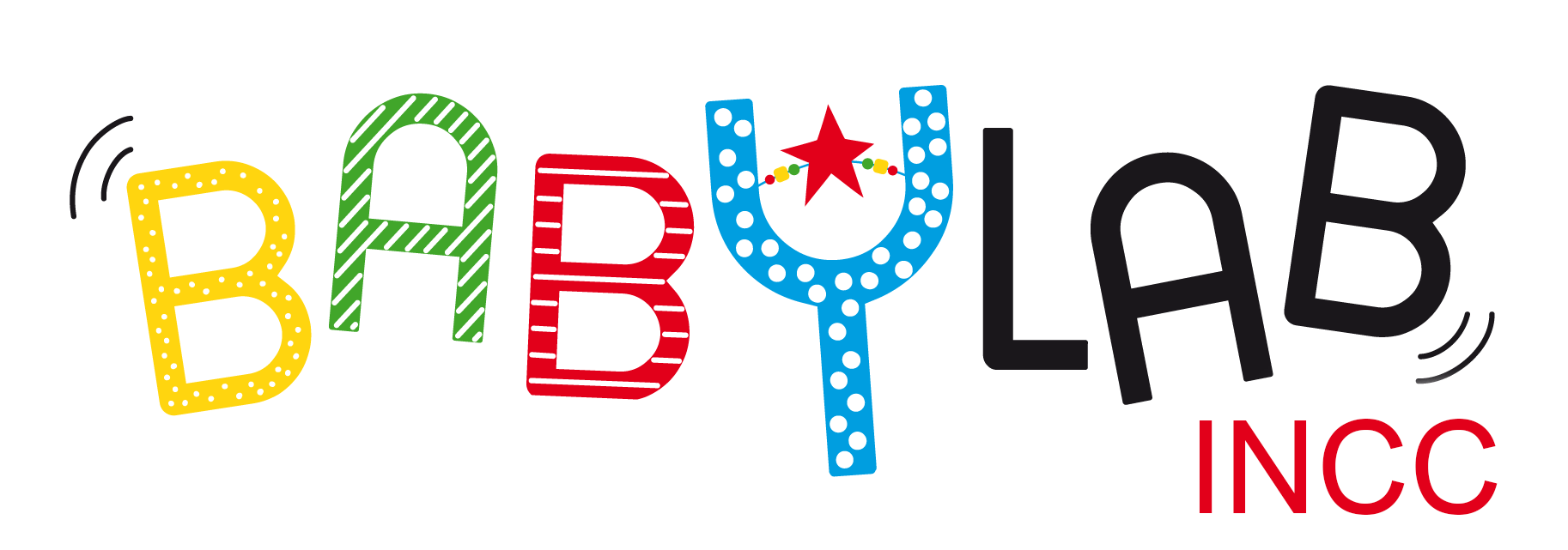2026-2030
Exposure to two languages from birth is increasingly common, yet how the brain develops them in parallel remains unclear. Our aim is to investigate lexical-semantic organisation in bilingual infants, as a lens into the internal structure of bilingual lexicon. More specifically, we aim to investigate how lexical-semantic organisation – both thematic and taxonomic – in the bilingual brain is shaped by language distance and cognate status of words. The project will use electroencephalogram (EEG)/event-related potentials (ERPs) in a cross-sectional design to study monolingual 18-month-olds, and two groups of 18-month-old bilingual infants learning close (French and Spanish) and distant (French and Maghrebi Arabic) languages. We will test “Connectivity” (mature lexical-semantic structure) and “Uncertainty” (less connected structure) hypotheses on the connectivity of monolingual and bilingual lexicons. Our project will provide the scientific community with novel evidence about lexical development in bilingual infants, which can be used to refine current computational models of bilingual learning, and help to develop interventions and provide guidelines to parents and teachers in early education in multilingual environments.


